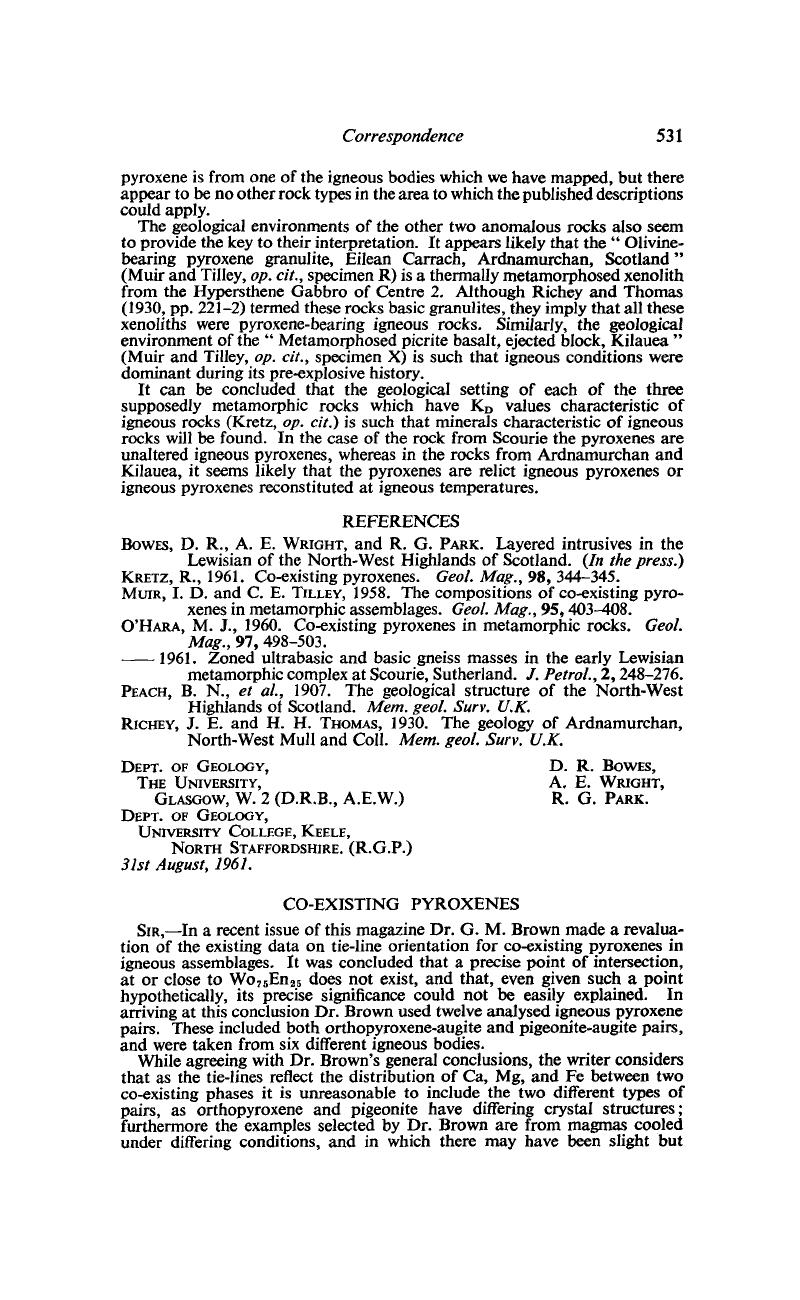Crossref Citations
This article has been cited by the following publications. This list is generated based on data provided by Crossref.
Collée, A. L. G.
1962.
Tie-Lines of Co-Existing Pyroxenes.
Geological Magazine,
Vol. 99,
Issue. 3,
p.
283.
Carmichael, I. S. E.
1963.
The occurrence of magnesian pyroxenes and magnetite in porphyritic acid glasses.
Mineralogical Magazine and Journal of the Mineralogical Society,
Vol. 33,
Issue. 260,
p.
394.





